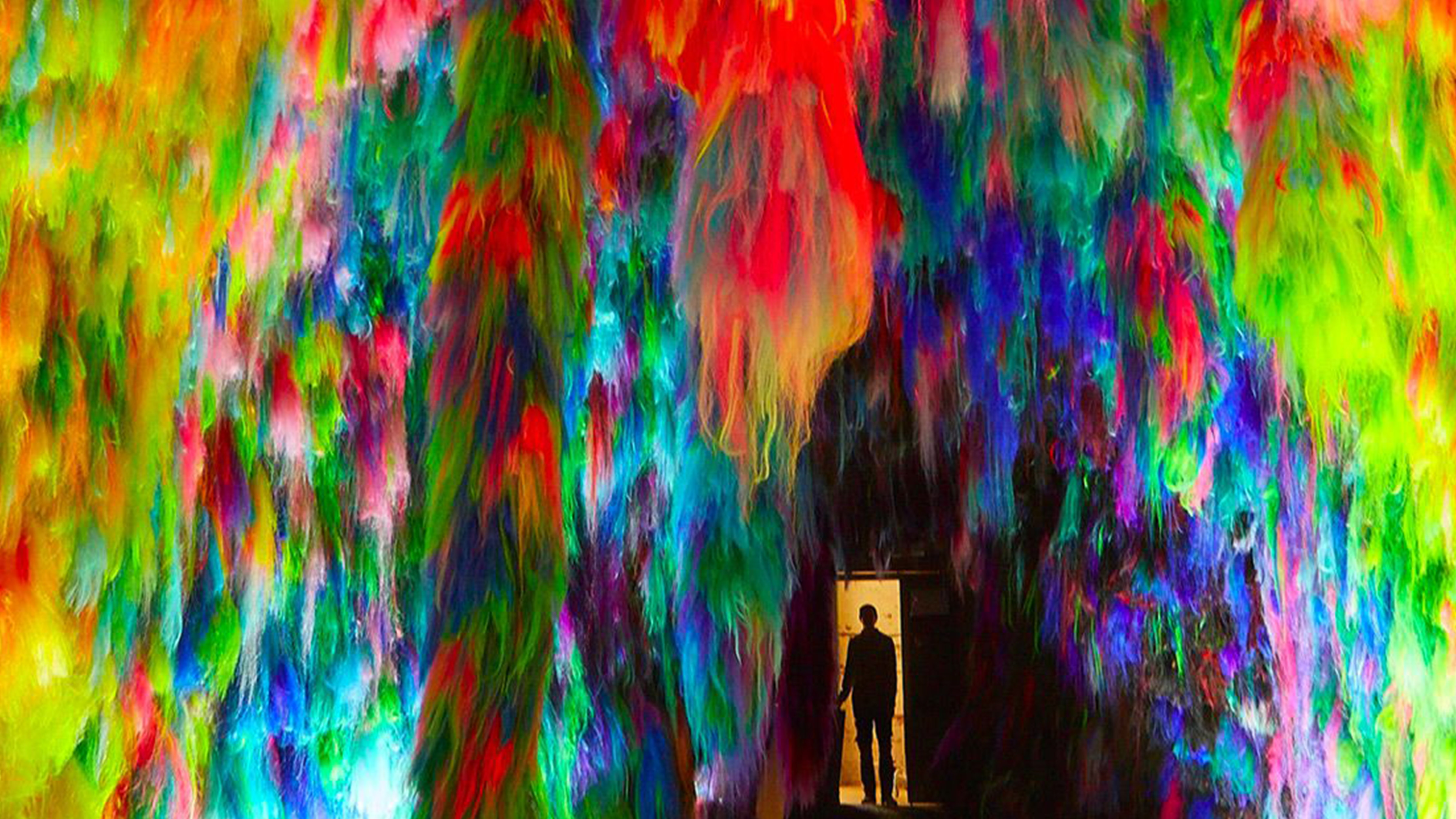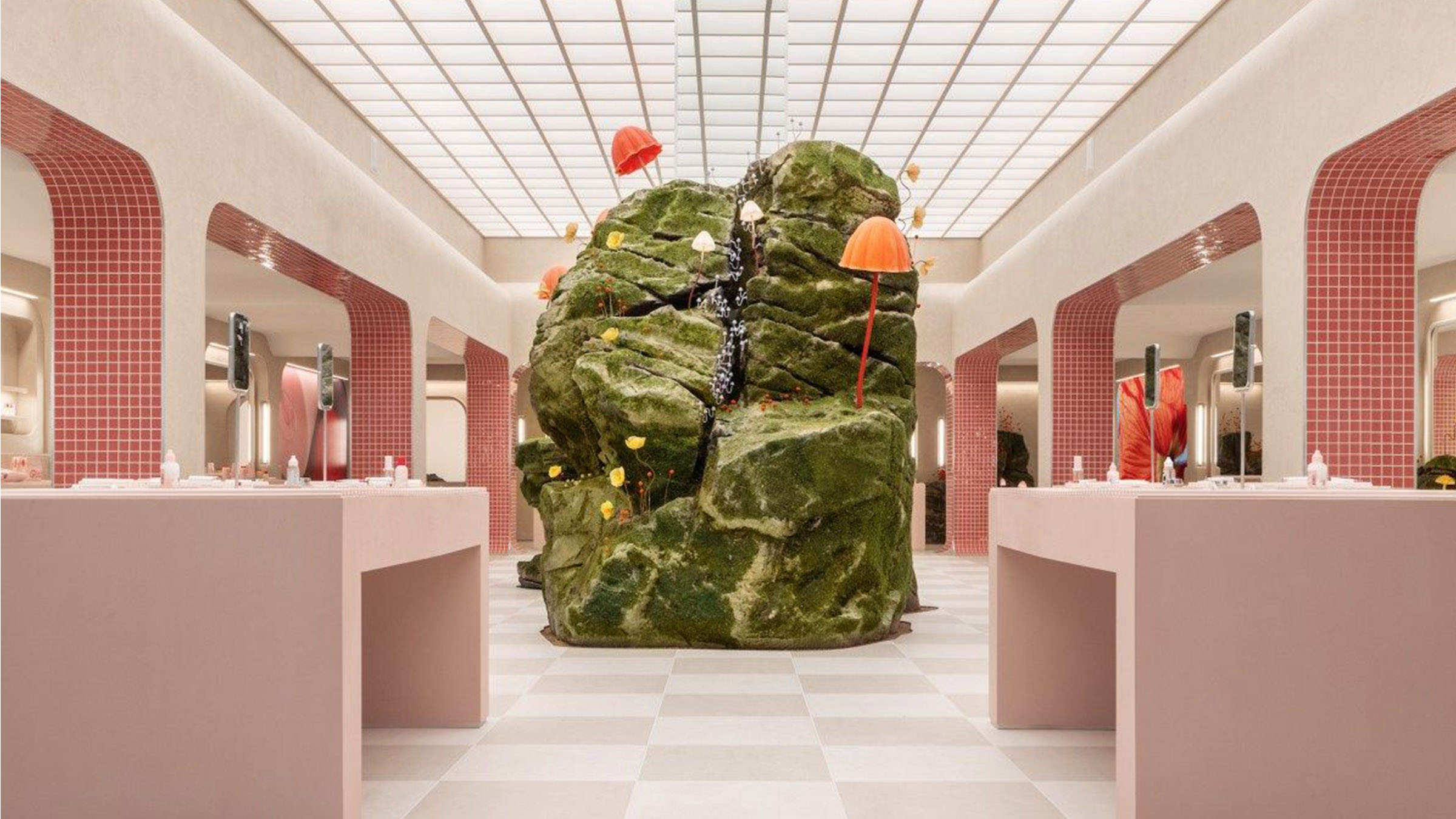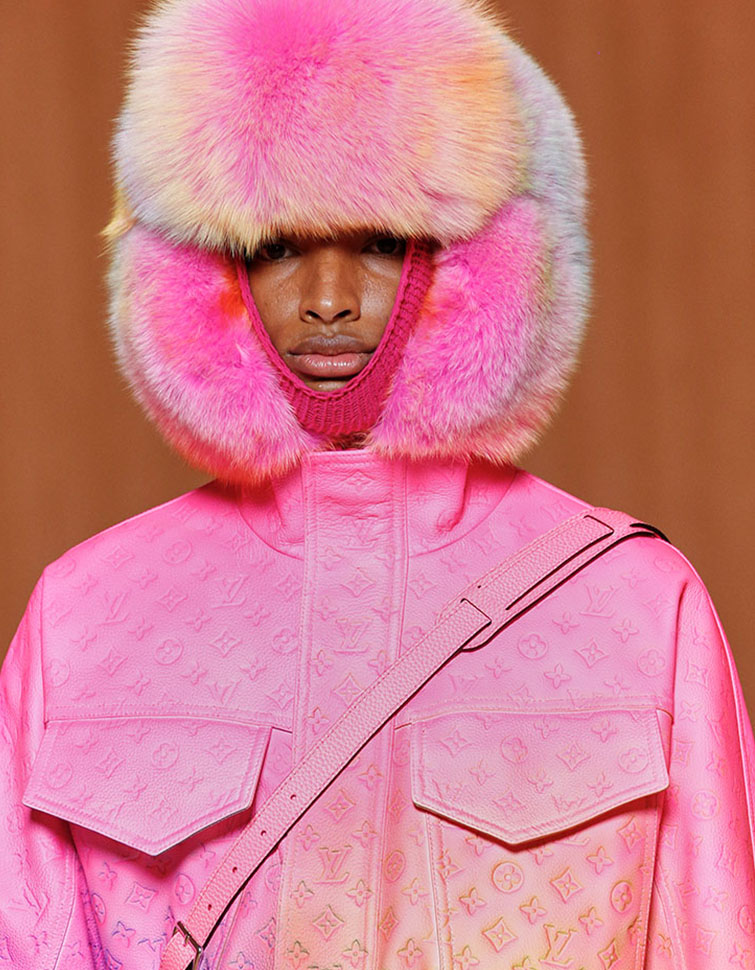“Hey Siri, play ‘Return of the Mack’ (Max) by Mark Morrison.”
Past periods of prolonged restriction have always been followed by an OTT approach to life. Just look at how prohibition led to the binging of booze, and how the war led to the roaring ‘20s. We're no strangers to bouncing back from stressful times through overindulgence and boldly expressing our emotions.
Coming out of the spick-and-span era of Marie Kondo, it feels like maximalism today is more about a sense of relief for those who don’t want to be constrained by perfection. People seem less fussed about accumulating stuff for the sake of prosperity as they once were in the glory Gatsby-like days. It’s now about the exuberant and sometimes wildly chaotic art of self-expression. An era I’m totally here for.
The absolute opposite of subtle, maximalism paints outside the lines. Rather than conforming to the norm, it feels like the focus has shifted to the grandiose. It’s high impact and shock value experiences, it’s a surplus of bold accessories, colours and patterns that visually stimulate and it’s a trend that’s popping up in all aspects of consumer culture. Retail and art exhibitions have been reimagined to lure people back to IRL with superlatives and extraordinary experiences. Glossier’s giant Willy Wonka-esque mushrooms, Timothy Oulton’s weird and wacky NY flagship store and Icelandic artist Shoplifter’s immersive fuzzy-like forest installation are prime examples.


